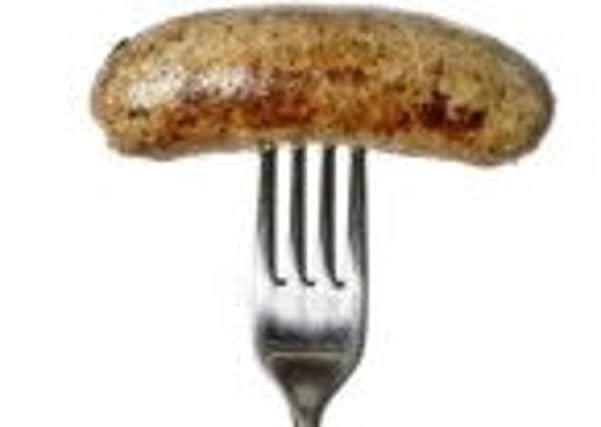NI consumers struggle with portion sizes


That’s the latest finding today from safefood as they launch a new report that found that consumers regard portion size as being relevant only to those dieting, more important to women and not an issue for men or younger adults.
Occasions such as eating with friends or eating out are also found to present a challenge when trying to control portion sizes.
Advertisement
Hide AdAdvertisement
Hide AdThe Ulster University-led research found that food products with health or nutrition claims like ‘low fat’ or ‘reduced fat’ may also be contributing to weight gain, as consumers assume that these products are lower in calories than they really are and therefore they tend to consume them in larger portions.
The safefood report also revealed consumers’ own tips which they have found helpful in cutting down portion sizes – these included eating until satisfied (rather than full), filling up with water, vegetables or fruit, small and eating more slowly. Measuring cups, smaller plates and different sized spoons were also seen as helpful in managing portion sizes.
Dr Cliodhna Foley-Nolan, Director, Human Health & Nutrition, safefood said: “While we are now familiar with the idea of healthy eating, we’re probably less familiar with the idea of healthy portion sizes. Traditionally, we’ve been brought up to finish everything on our plate and we tend to equate bigger portions with generosity and value. But with 61% of adults in Northern Ireland overweight or obese[i], the issue of portion size is relevant to all of us and we need to cut down on the portions we’re eating of most foods.”
“Eating an extra 100 calories every day can lead to weight gain of 4.5kg in a year and this can easily happen. We know from previous research that some takeaway portions contain enough food for two people while the portion size of some manufactured products have increased significantly since the 1990s. And when it comes to foods with a ‘halo’ of being somehow healthier, these are viewed as a licence to enjoy a bigger portion.”
Advertisement
Hide AdAdvertisement
Hide Ad“When it comes to controlling their portion sizes, 1 in 3 people tell us it can be a challenge[ii] so we’re focusing on the home setting as that’s where we can have the greatest impact on the amount and type of foods we prepare and eat. We’ve developed practical visual portion size guides on our website www.safefood.eu so consumers can find out just what size portions we should be eating for health.”
The research report ‘Consumer Understanding of Food Portion Sizes’ is available to download from www.safefood.eu.